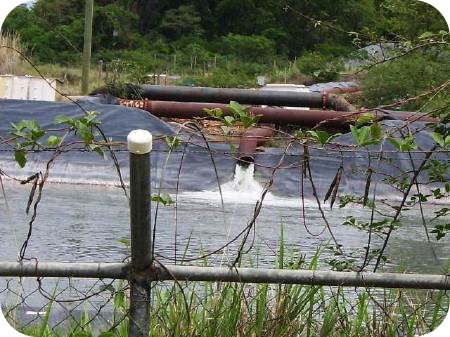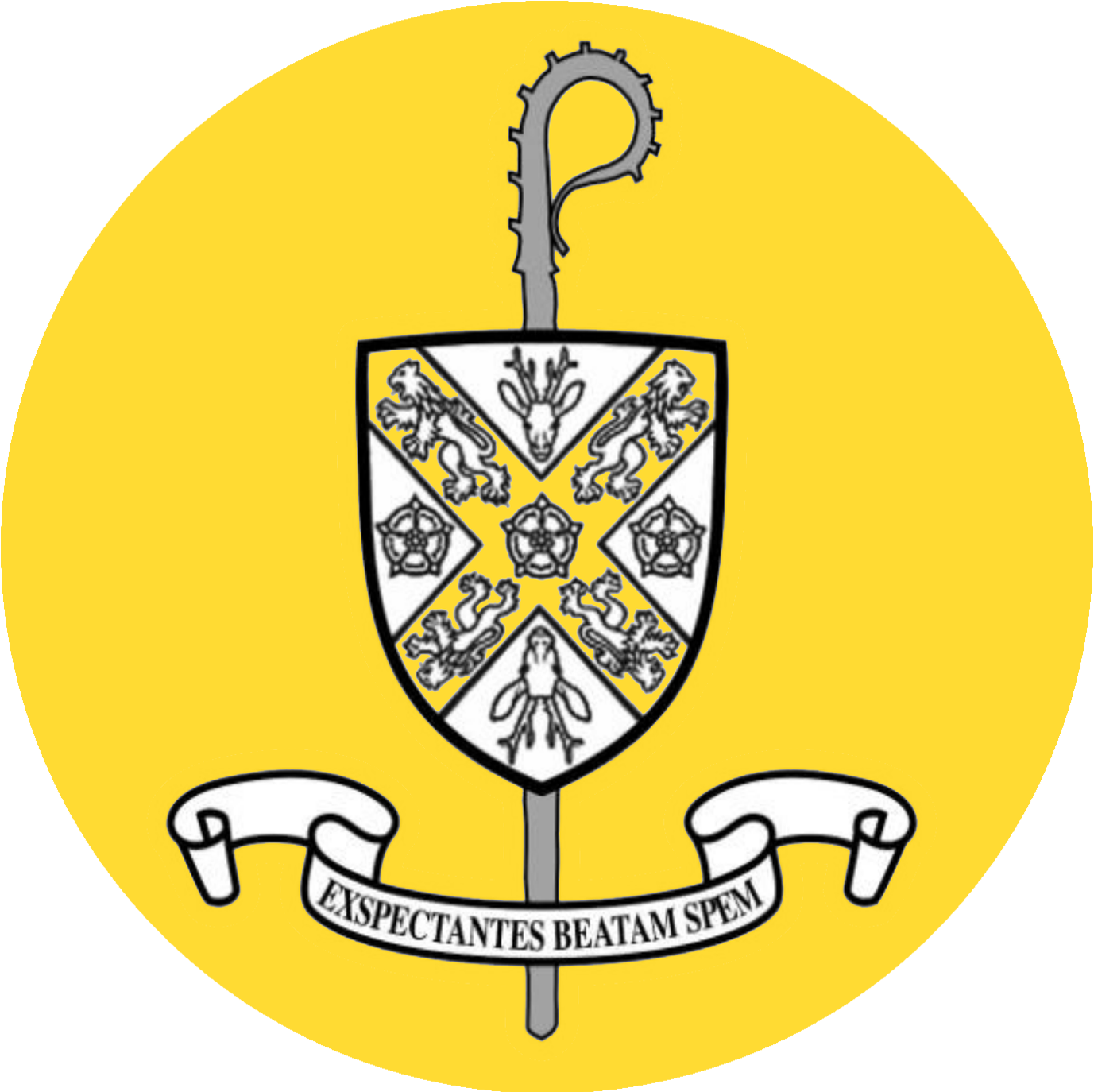CAFOD and Canada’s Development and Peace demand action from mining giant Goldcorp as villagers fear gold mine is poisoning people and the environment in Honduras
Catholic aid agencies CAFOD in the UK and Development and Peace in Canada are calling on multi-million pound mining giant Goldcorp to ensure their San Martin mine in Honduras does not leave a toxic legacy when it closes at the end of 2009.

The San Martin mine in the Siria Valley is the largest opencast gold mine in Honduras, run by Entre Mares, a Honduran subsidiary wholly owned by the Canadian-US company Goldcorp Inc. The company has consistently disputed test results confirming the presence of arsenic and cyanide in water sources flowing from within the mine boundaries. Last month, 24 dead cattle were found on grazing land near the mine; while large numbers of the local population, including children, have been suffering skin conditions. Local people believe this is a result of pollution caused by the mine. Goldcorp denies this has any connection with their operation. Legislation regarding mining in Honduras is weak, and the government has done little to ensure the rights of affected communities are protected.
Sonya Maldar, CAFOD’s Extractives Policy Analyst, said ‘Despite repeatedly raising our concerns with Goldcorp, and on the basis of the evidence we’ve seen, the company has yet to live up to its social and environmental responsibilities at San Martin. With the mine due to close at the end of 2009 and all the signs showing there is serious pollution at the site, Goldcorp must act now to ensure they do not leave behind an environmental disaster in Honduras.’ The mine, which began full operations in 2000, has caused controversy from the start, with local people claiming they were not fully consulted about the project.
Love Saint-Fleur, Advocacy Officer for Development and Peace, said ‘Pollution from gold mines can continue for hundreds of years after closure – unless strict measures are put in place to counteract it. If the company is not willing to act in a socially responsible manner, the Honduran government must protect the rights of its own people by ensuring Goldcorp cleans up the San Martin mine site and prevents the poisoning of water sources.’
During the mine’s period of operation, the company used the controversial cyanide heap-leaching method to extract gold from low grade deposits. This means piles of crushed gold ore are soaked in a solution of cyanide which filters down leaching out the gold deposits and releasing other toxic heavy metals such as arsenic, mercury and lead. Without careful management, these pollutants can seep into streams and contaminate groundwater. This practice is banned in some US states.
The issues
Cyanide and arsenic contamination and Acid Mine Drainage over the past five years, numerous tests carried out by CAFOD and Development and Peace partner Caritas Tegucigalpa and the Honduran government show evidence of dangerous levels of arsenic, cyanide and other heavy metals in water sources flowing close to or from within the mine boundaries. In 2007, the Honduran Secretariat of Natural Resources and Environment (SERNA) fined Goldcorp one million lempiras, equivalent in value to about £26,000 at the time, for pollution and damage to the environment. The company has consistently disputed these tests and has appealed against the fine. In 2007, the Latin America Water Tribunal ruled on a complaint filed by members of the Siria Valley communities, finding Goldcorp accountable for damage to the environment and unreasonable use of water in the Siria Valley. The tribunal recommends that a thorough investigation into the health of local communities is carried out and that all mining activity is suspended and the communities are compensated for the damage caused.
During a visit to Honduras in November 2008, Professor of Hydro-Geochemical Engineering at Newcastle University, Paul Younger – a world expert on mine water management – noted signs of Acid Mine Drainage close to the mine site. Acid Mine Drainage – a process whereby sulphides in the rock are exposed to oxygen and water and react to produce sulphuric acid – can have devastating impacts on the environment, contaminating groundwater with toxic heavy metals and killing plants and animals for years after the mine closes. Professor Younger’s observations noted discolouration of streams indicating a flow of acidic waters coming from the mine perimeter.
Alleged health impacts
Communities in the Siria Valley have complained of health problems, including respiratory, skin and gastro-intestinal diseases, which they believe is a result of drinking water polluted by the mine. A study carried out by the Honduran Department for the Environment in 2008 found high levels of heavy metals, such as arsenic, lead and mercury, in blood samples taken from villagers living close to the mine. The study has yet to be published by the Honduran government. Goldcorp denies that the health problems are a result of their operations. The people of the Siria Valley have repeatedly called on the government to provide medical care for those whose health is allegedly affected by the mine. In March this year, the people of the Siria Valley protested at the Health Ministry, demanding action by the government.
Water shortages
As well as pollution, communities living close to the mine have complained that heavy water use by the mine, in an area already prone to drought, has caused wells to dry up. During operations, the mine was authorised to use up to 220 gallons of water a minute and during the construction of the mine, Goldcorp used more than 60,000 gallons of water per day, while villagers had to buy water.
Displacement of communities
The small village of Palo Ralos was demolished to make way for the San Martin mine. Fourteen families were relocated to a new settlement with the same name 900 metres from the mine. Nine years after relocation, nine families have not received legal titles to their new land and houses from Goldcorp. Those families who did eventually receive land titles from the company found that they contained errors, for example the wrong name or identity card number, which they fear could undermine their legal validity. They fear eviction when the mine closes and the company leaves Honduras.
Lack of consultation and information sharing Community representatives have consistently complained that they were not consulted adequately about the plans for the mine and did not give their consent to Goldcorp for the mine site to be developed. The people of the Siria Valley have also found it extremely difficult to obtain accurate information about Goldcorp’s operations at San Martin, including the controversial mine closure plan. A copy of the plan was requested from the government as far back as August 2007, but not obtained by Caritas Tegulcigalpa and the community until October 2008.
Loss of farming land and deforestation
A large area of agricultural land in the Siria Valley has been damaged by the San Martin mine. Agriculture is the main source of livelihood for people in the region. A socio-economic study in 2003 estimated the impacts of the Goldcorp mine on local farming by comparing the situation with baseline data from 1993. The survey showed that the quantity of land under cultivation in 2003 was well below the levels of 1993. Approximately 1,000-2,000 trees were cut down by the company to make way for filtration ponds and other aspects of mining infrastructure. Deforestation has exacerbated the problems of water shortages and soil erosion in what was already a dry area. While some reforestation work has been carried out by Goldcorp, many of the trees planted are from different species to those found naturally in the area.
Mine closure
With mine closure imminent, it is essential that Goldcorp has a comprehensive and technically sound closure plan in place to ensure that the Siria Valley communities are protected from any long term environmental hazards. CAFOD commissioned Professor Paul Younger, of Newcastle University, to review Goldcorp’s mine closure plan.† His analysis revealed several major concerns, indicating that the plan falls far short of international best practice standards that would be acceptable in Europe or North America.
CAFOD and Development and Peace are calling on Goldcorp to:
- Prevent contamination of local water sources, clean up existing contamination, where found, and contain acid mine drainage to ensure a safe and clean drinking water supply in the areas affected by the San Martin mine.
- Allow independent monitoring of the mine’s environmental performance, including water monitoring.
- Compensate the community for contamination caused by the mine.
- Strengthen and improve the mine closure plan, in line with the recommendations of Professor Paul Younger, the Honduran authorities and civil society organisations. Full details of the plans for mine closure should be made available in an accessible format to the population of the Siria Valley.
- Provide investment for the ongoing social and economic development of the Siria Valley, in consultation with the communities and local authorities.
- Provide legal land title deeds for individual plots and communal areas to all the families in Palos Ralos, relocated to accommodate the San Martin mine.
- Accept responsibility for any human or animal disease which is proven to be a result of mining operations in the area, and provide appropriate compensation. It should be understood that such responsibility may only be discovered in the future, after the closure of the mine.
- Set aside sufficient financial guarantees or bonds to ensure funding of any reclamation work that may emerge in the future, after closure of the mine.
